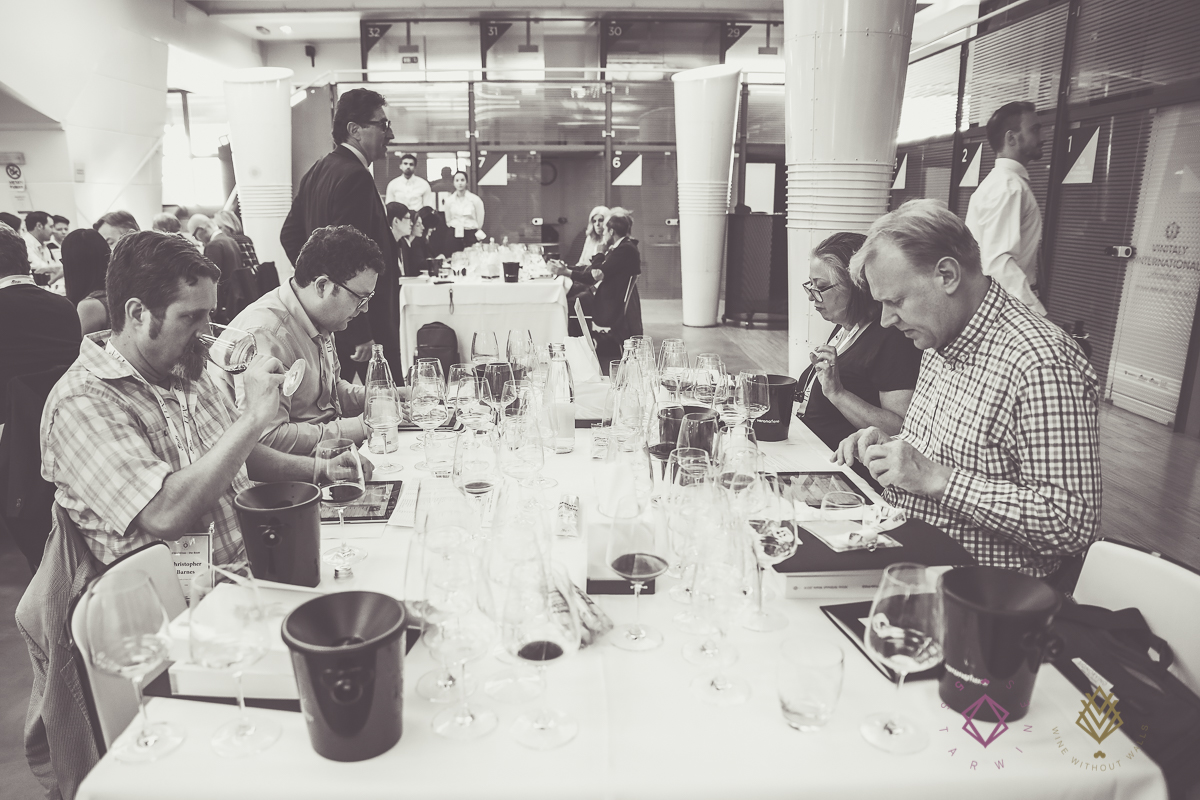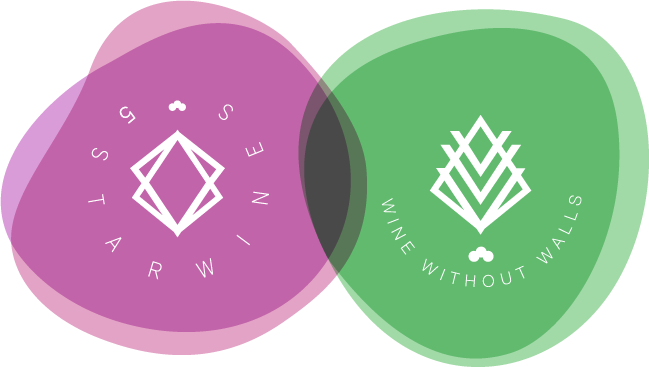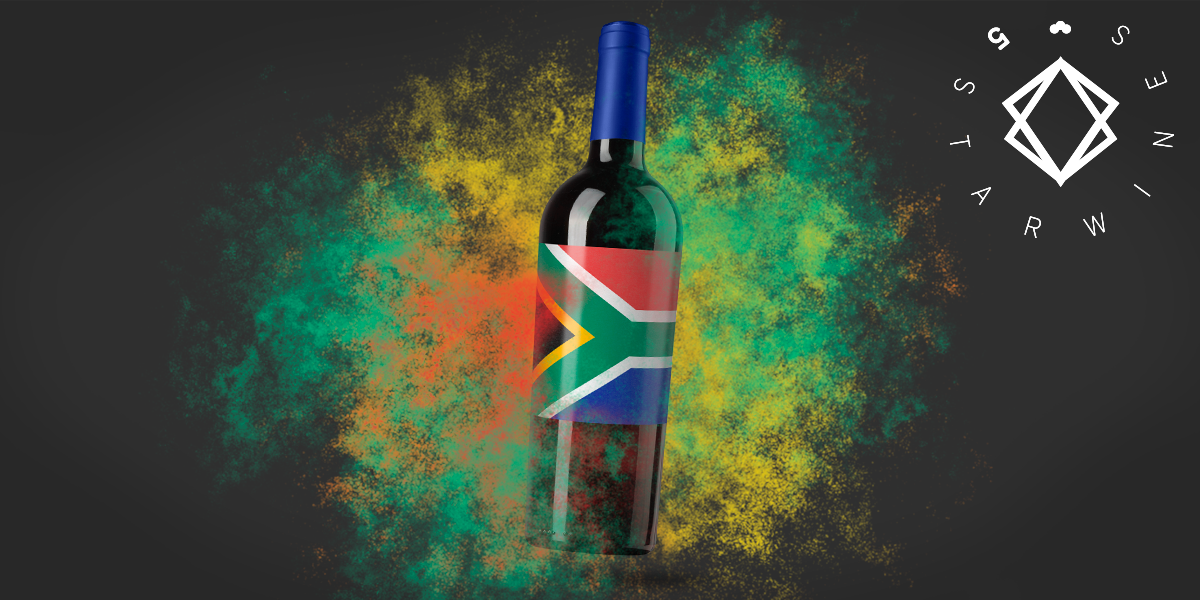
Behind the scenes: who are the typical judges of 5StarWines
April 3rd, 2019: it’s a warm spring morning at the Veronafiere. At Vinitaly International, 5StarWines is ready to kick off: the selection of Italian and foreign wines, made by highly qualified international experts will be held here for the next three days. The main protagonists will be the bottles themselves, or at least an abstract image, imagined by the judges as they savor the contents on their palate. In charge of identifying the grape varieties, origins and quality of hundreds of the wines are the judges who blind-taste and scrutinize each sip during the ongoing process.
This time round, we would like to take a look behind the scenes of 5StarWines and shift our attention to the human factor of the event: who are the typical judges of 5StarWines? Which criteria are used to select them? How do they prepare for a demanding tasting that involves the sampling of hundreds of different wines? On our blog we have attempted to answer these questions: starting from the analysis of the people selected, we will try to understand the different qualifications required of these professional tasters.
Judges and the Scientific Committee
First of all, let’s define the whole jury structure, that is, the professionals that gather every year in Verona to evaluate the bottles that are eventually published in 5StarWines – the Book.
At the top, there is the Scientific Committee consisting of five General Chairmen, presided over by the Senior General Chairman. The main tasks required of the Scientific Committee include the selection of the jury, as well as the final judgement of the wines evaluated, having been submitted to them by the various tasting panels; this is done by awarding each bottle with a score equal to, or greater than, 85 points. In the 2019 edition, the title of Senior General Chairman was entrusted to Lynn Sheriff MW, a renowned South African wine expert and educator.
The jury is divided into Panels composed of five judges and, coordinated in turn, by a Panel Chairman or President of the jury. The panel consists of a diverse group of individuals that come from all over the world, with different backgrounds and that work in various fields within the wine industry: each group tastes a fixed number of bottles per session. A specific panel is entrusted with the evaluation of organic, biodynamic and low sulfite wines that make up the special section called Wine Without Walls. In addition to the qualified professionals, the jury also includes Associate judges, as well as wine producers who are members of Assoenologi.
At the end of the three days’ tasting, only labels with a score of 90 points or more will be published in the guide. Last April’s event saw the participation of 100 judges and the promotion of 676 wines.
A world of wine experts
Besides the aforementioned wine producers, there are journalists, columnists, authors, buyers, importers, oenologists, consultants and influencers that also attend 5Star wines. Their presence provides a key link to the final consumer: their ability to taste and evaluate wine is based on their experience as connoisseurs of trends, customer behaviors and international markets.
Then there are of course the professional tasters. Those members of the jury that deal with every aspect of the wine can be further subdivided according to their title (often expressed through an acronym) and the level of certification achieved. Let’s talk about these qualifications in detail.
Who are the typical judges?
Master of Wine (MW): The Institute of Masters of Wine was founded in 1955 and is based in London. The world over, there are only 390 individuals that hold this title. The low number is demonstrative of the extremely thorough training and breadth of knowledge required to become an MW. The courses are held on three continents (Europe, Australasia and America) and require at least three years to complete. The exam, which can be undergone five times within six years, includes three blind-tasting sessions of 12 wines each; five theoretical topics to be developed on various matters such as production, wine business and trending topics; and a research paper of 10,000 words.
Master Sommelier (MS): This certification focuses on the role of the sommelier in hospitality and catering. There are four mandatory levels one must pass to become an MS: Introductory, Certified, Advanced and MS Diploma. There are approximately 240 MS in the world, they hold the highest degree of skill in recognizing wine and its qualities as well as how they interact with food.
Italian Wine Ambassador (IWA) and Italian Wine Expert (IWE): IWA and IWE qualifications are issued by Vinitaly International Academy (VIA), an institution that deals with the education, biodiversity and authenticity of Italian wine. The requirements to access the course are a proficiency in English, and ideally, previous certification through the WSET diploma or its equivalent. The IWA’s and IWE’s take an exam after five days of intensive training; the course is aimed at cultivating effective wine communicators specialized in Italian native grape varieties. At the end of the course, the level of certification depends on the score achieved (between 65 to 90 points to achieve IWA certification, +90 points for IWE). Since 2014, VIA has certified 202 IWA and 14 IWE.
Wine and Spirits Education Trust (WSET): WSET was founded in 1969 and has more than one million graduates around the world. It is universally acknowledged as the most comprehensive training course in wine and spirits. It consists of four levels in order of increasing difficulty: each of them aims at creating a codified language and a systematic method to define wine and its components, along with a strongly business-oriented approach. The WSET diploma is equal to a professional qualification and is recognized at an international level.
Knights of the Tastevin: The Confrérie des Chevaliers du Tastevin (the Brotherhood of Knights of Tastevin) is a prestigious folkloristic association of Burgundy, whose main purpose is the promotion of local food and wine. The Brotherhood was founded in 1934 in Nuits-Saint-Georges. Twice a year it organizes exclusive tasting sessions in the picturesque setting of the Château du Clos de Vougeout, where they award the seal of Tastevin to the best bottles of Burgundy. In addition to this, an assembly is called once a month to appoint new members (about 12,000 in the world): the title of Knight of Tastevin is assigned to personalities in the world of wine who have proven themselves as being deeply knowledgeable within the field of French wine.
This is, in summary, the overview of the experts who make up the jury of 5StarWines. In the next article, we will find out how the Scientific Committee selects the jury. Stay tuned!
Want to read more articles just like this one?
Get our tips sent straight to your inbox: subscribe to 5StarWines’ newsletter!
[yikes-mailchimp form=”2″]

